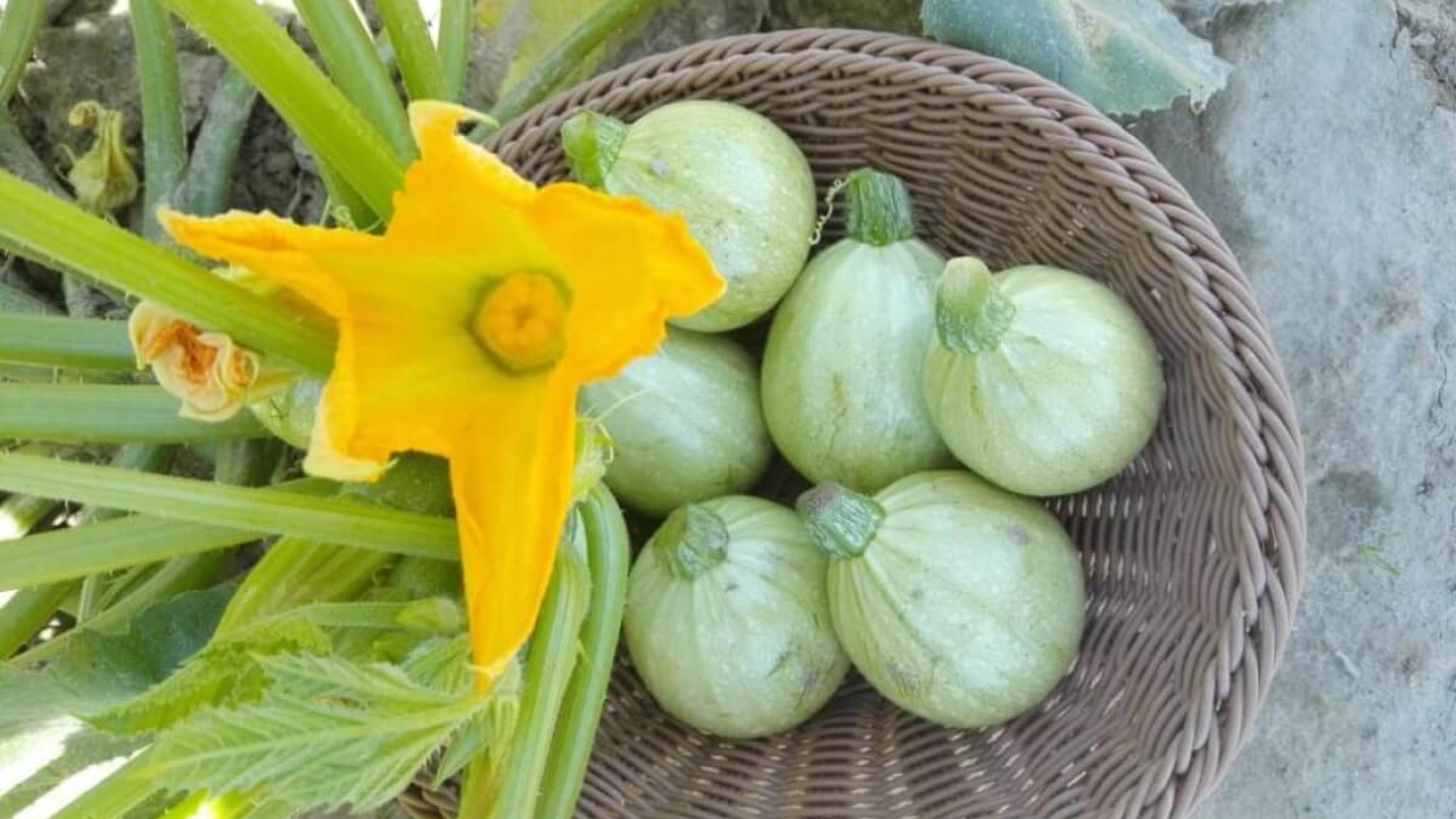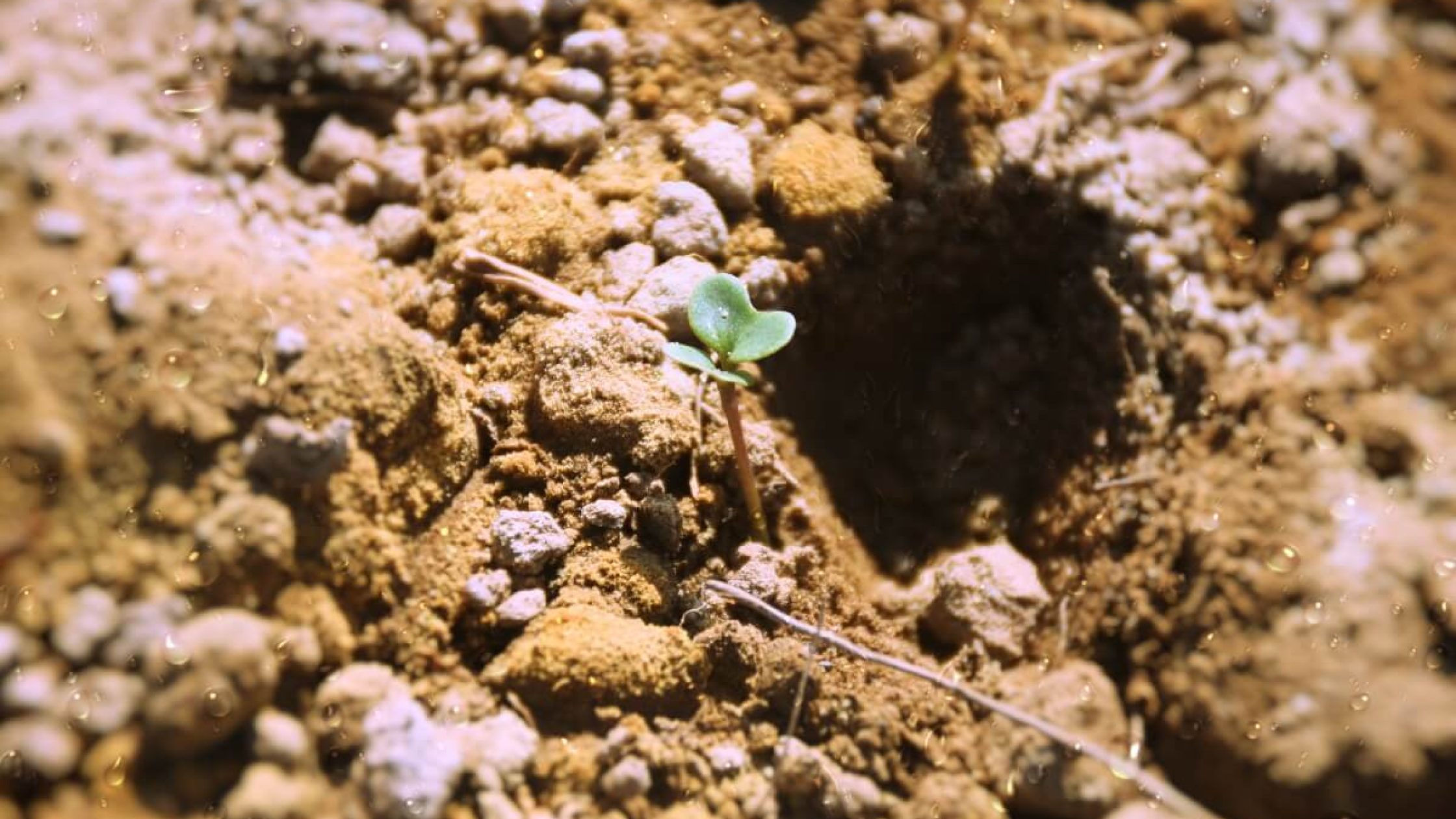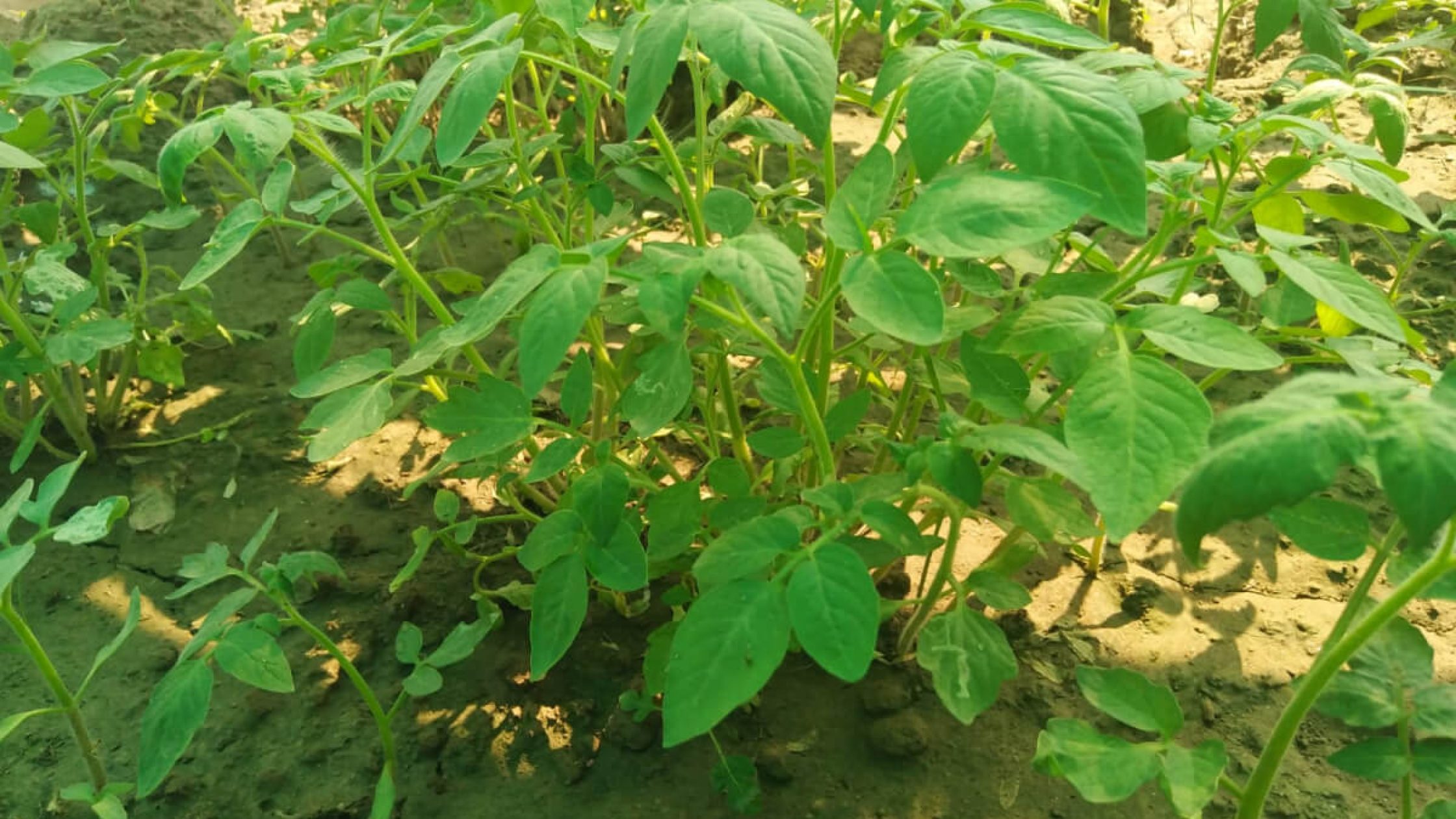No products in the cart.

Navigating the Salinity Challenge Innovative Solutions for Sustainable Agriculture
Soil salinity, the accumulation of salts in the surface zone, poses significant challenges to agriculture worldwide. Whether it stems from natural causes, clearing native vegetation (dryland salinity), or irrigation practices, its impact on crop health and yield is profound.
Understanding the Causes
Salinity may be defined as the excessive accumulation of salts up to that level which negatively affects crop production. Its symptoms are diverse, ranging from slow seed germination and stunted growth to leaf burn and eventual plant death.
Management Practices
Mitigating soil salinity requires tailored approaches depending on its origin:
Irrigated Agriculture:
All irrigation water, regardless of its source, contains dissolved salts. This exacerbates soil salinization by introducing additional salts to the soil. Effective management involves:
- Soil Reclamation: Replacing sodium ions in the soil with calcium ions. Gypsum (calcium sulfate) is commonly used to facilitate this ion exchange, followed by water application to leach the replaced salts deep beyond the root zone.
- Pre-sowing Irrigation: Using good quality water for pre-sowing irrigation helps in leaching salts from the soil surface, promoting better seed germination and early seedling establishment.
- Strategic Planting: Planting on ridges or using beds can minimize salt concentration around seeds or young plants.
- Nutrient management: Managing fertilizers is critical; using low-saline options and avoiding excessive application helps prevent further salinization. Choosing high-purity, chloride-free fertilizers is also essential.
- Mulching and Deep Tillage: Mulching with crop residue reduces soil evaporation, thus limiting upward salt movement. Deep tillage helps mix surface salts into deeper soil layers, reducing their concentration near the root zone.
- Incorporation of Organic Matter: Regularly adding organic matter improves soil structure and water infiltration, providing a buffer against salinity’s adverse effects.
Dryland Salinity (Clearing of Native Vegetation):
- Vegetative Cover: Maintaining or reintroducing native vegetation helps manage soil salinity by reducing evaporation and maintaining soil structure.
Salinity Due to Irrigation:
- Improved Irrigation Practices: Adoption of techniques like regulated deficit irrigation or drip irrigation optimizes water use efficiency, reducing the need for excessive irrigation that can exacerbate salinity.









